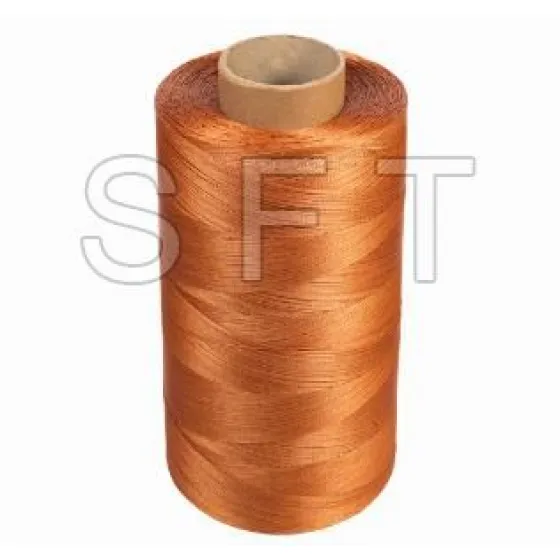Unlocking HDPE Types: Which One is Right for Your Project?
Understanding HDPE Types
High-Density Polyethylene (HDPE) is a versatile thermoplastic known for its durability and resistance to various environmental factors. However, not all HDPE types are created equal, and selecting the right one for your project is vital for achieving optimal results.
What Are the Different Types of HDPE?
HDPE is categorized into several types based on its manufacturing process and molecular structure. The primary types include:
- Type 1: Blow Molding HDPE - Ideal for creating hollow containers, this type is compatible with processes like blow molding and is often used in the production of bottles and tanks.
- Type 2: Injection Molding HDPE - Typically used for rigid products, this type is perfect for making crates, automotive parts, and various household items.
- Type 3: Extrusion HDPE - Best for tubing and pipes, this type allows for continuous production processes and is favored in industries requiring large-length products.
- Type 4: Blow Film HDPE - Used in packaging and agricultural films, this variant has excellent stretch properties making it suitable for bags and wraps.
Key Characteristics of Each HDPE Type
When determining which HDPE type to use, consider the following characteristics:
Suggested reading:Rubber & Plastics
- Strength and Durability - Specific types may offer increased tensile strength, making them better suited for heavy-duty applications.
- Temperature Resistance - Different HDPE variations have distinct melting points; understanding this helps in choosing materials for high-temperature settings.
- Environmental Resistance - Some HDPE types are engineered to endure harsh weather conditions, UV radiation, and chemical exposure.
Choosing the Right HDPE for Your Project
How Does Single-Phase Immersed Cooling Work?
Mastering EN853 2SN: Your Guide to Hose Specifications & Use
How SAE 100 R12 Revolutionizes Hydraulic Performance Today?
Understanding Steel Wire Braid Hydraulic Hose Costs
How to Choose the Right EN853 1SN Hose?
What factors influence hydraulic hose purchasing decisions?
Ultimately, selecting the right type of HDPE boils down to the specific requirements of your project. Here are some considerations to keep in mind:
- Application Requirements - Identify the functional needs of your project—whether it's for packaging, structural integrity, or environmental endurance.
- Cost Factors - Different types of HDPE come with varying price points. Ensure that your choice aligns with your budget while meeting quality standards.
- Availability - Check the availability of the HDPE type in your local market, which can impact timelines and project planning.
Conclusion
Understanding the types of HDPE and their specific properties can significantly influence the success of your project. By assessing application needs, cost constraints, and material availability, you can unlock the full potential of HDPE in your development efforts. Choose wisely to ensure durability and effectiveness in your final product.
Are you interested in learning more about Reducing HDPE Pipe Cost, Resistant Rubber Dredger Hoses Price? Contact us today to secure an expert consultation!
Suggested reading:What Are the Benefits of Using 4sh?
How to Choose the Right SAE Cover Today
When to Choose Spiral vs. Braided Hydraulic Hoses
When to Use Spiral vs Braided Hydraulic Hoses in 2024
Top 5 Tips for Maintaining Your Car Aircon Hose in 2024
4 Tips to Select the Perfect Car Air Conditioning Hose
The Advantages of Choosing Quality Auto Air Conditioning Hoses and Fittings









